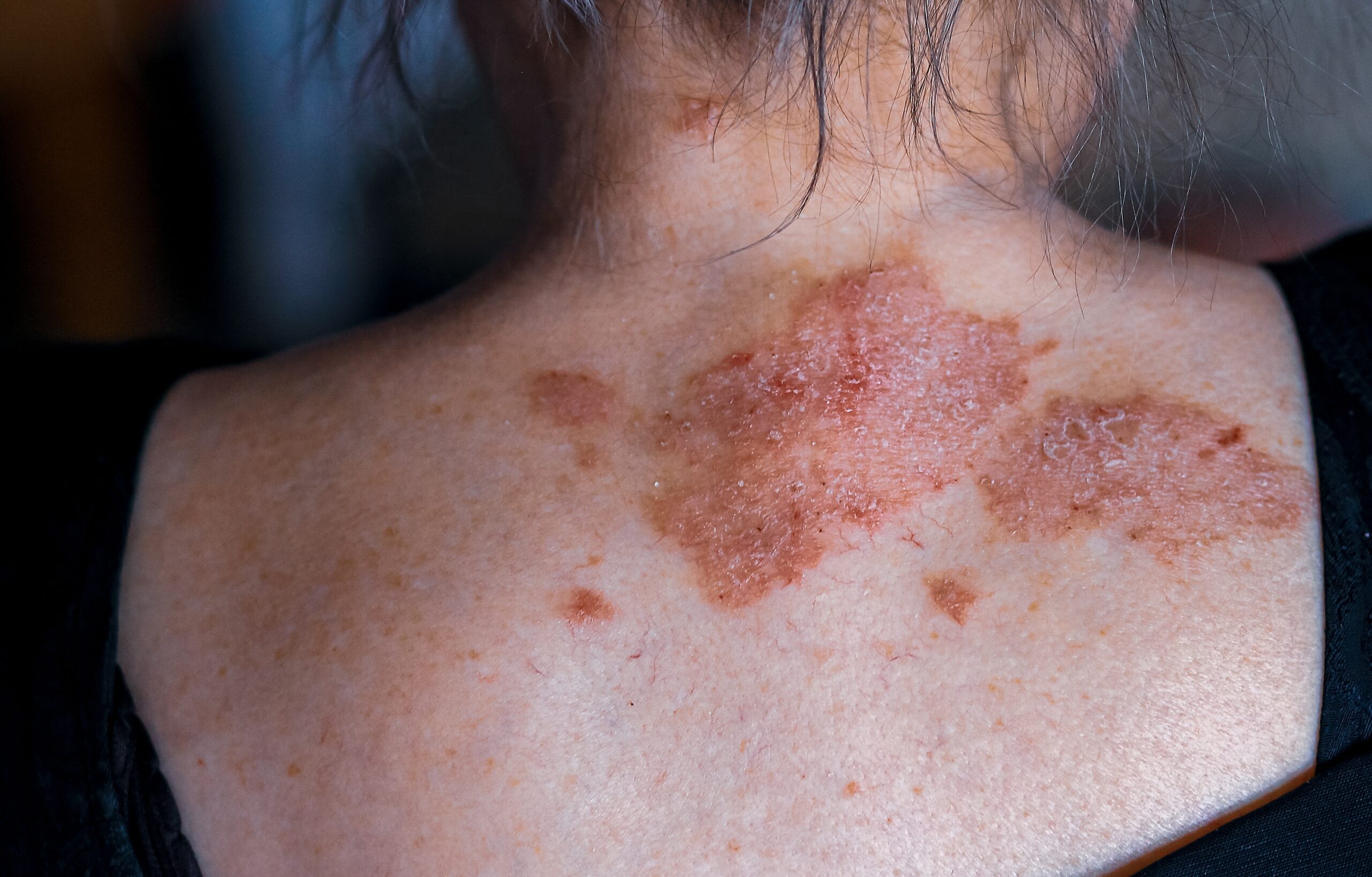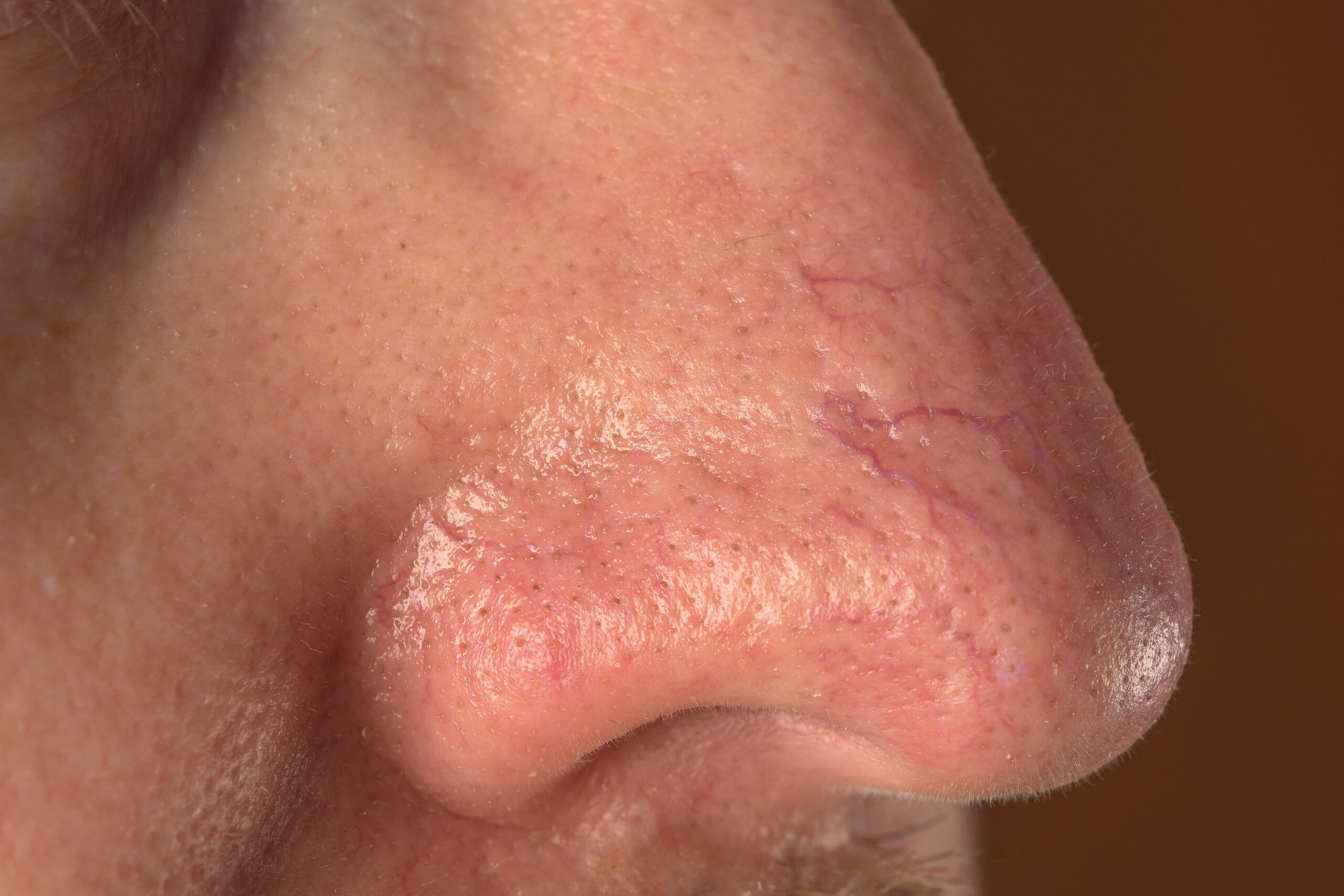Psoriasis is a chronic inflammatory skin condition marked by well-defined, scaly plaques that are typically distributed symmetrically across the body. The most prevalent form, known as chronic plaque psoriasis, often emerges during early adulthood and can persist for years, sometimes undergoing periods of flare-ups and remissions. While many cases of psoriasis arise independently of external triggers, a subset of patients may experience psoriasis that is either induced or worsened by medications.
Drug-induced psoriasis refers to the onset of psoriatic symptoms in individuals who have no prior history of the disease and where discontinuing the suspected medication results in the resolution of the condition. In contrast, drug-aggravated psoriasis tends to persist even after the offending medication is stopped. This form is typically seen in individuals with a personal or familial history of psoriasis and represents an exacerbation rather than a new occurrence. Both of these forms should be distinguished from psoriasiform drug eruptions, which are drug-induced conditions that may resemble psoriasis clinically but differ histologically, showing features such as epidermal hyperplasia and hypergranulosis.
Individuals who are more likely to develop drug-induced or drug-aggravated psoriasis often have predisposing factors similar to those seen in traditional psoriasis. These include obesity, smoking, metabolic disorders such as diabetes, hypertension, and dyslipidaemia. It is also more frequently observed in people of Caucasian descent and in those with a family history of psoriasis. The typical age of onset clusters in two distinct age groups: between 16 and 22 years and again between 57 and 60 years.
A wide range of medications have been implicated in the development or worsening of psoriasis. Among the most common culprits are beta-blockers, which affect roughly 20% of patients with existing psoriasis, and lithium, which can aggravate symptoms in about half of those affected. Other drugs frequently associated with this condition include antimalarials such as hydroxychloroquine, certain antibiotics like amoxicillin, non-steroidal anti-inflammatory drugs (NSAIDs) including aspirin, ACE inhibitors, and even tumour necrosis factor-alpha (TNF-α) inhibitors, which are paradoxically also used in treating psoriasis.
Beyond pharmaceutical triggers, other external factors such as skin trauma, sunburn, infections (particularly streptococcal and HIV), and emotional stress may also provoke or exacerbate psoriasis. Immunotherapy, increasingly used for cancer and autoimmune diseases, has been associated with psoriasiform reactions in some patients.
Clinically, drug-induced psoriasis can present in several forms. Some individuals develop localized plaques on areas such as the scalp, elbows, knees, genitals, or buttocks, while others experience widespread plaque involvement across the body. In more severe cases, erythrodermic psoriasis may develop, wherein the entire skin surface becomes inflamed, red, and scaly. A particularly serious drug reaction known as acute generalised exanthematous pustulosis (AGEP) can mimic the appearance of generalised pustular psoriasis. Palmoplantar pustulosis, although now considered a separate entity, may also be triggered by medications, particularly TNF-α inhibitors, and is strongly associated with smoking.
Diagnosing drug-induced psoriasis can be complex, especially in patients who are taking multiple medications. Because the onset of psoriasis may be delayed by several months or even years after the initiation of a medication, a thorough patient history is critical. Clinicians must assess current and past drug exposure alongside other possible contributing factors to determine whether a specific medication might be responsible.
Treatment of drug-induced psoriasis typically begins with the discontinuation of the suspected drug. However, this is not always feasible. For example, patients whose mental health is stabilized with lithium may find that switching medications is not a viable option. In such cases, psoriasis management must be carefully balanced with the need to maintain control over other health conditions.
Therapeutic options for psoriasis remain the same regardless of the trigger and include the use of emollients, topical corticosteroids, and vitamin D analogues such as calcipotriol. In more severe or resistant cases, treatments may involve phototherapy, systemic agents like acitretin, and immune-modulating drugs including methotrexate, ciclosporin, and mycophenolate. Biologic therapies targeting specific immune pathways have also proven effective in managing more persistent or extensive forms of the disease.
The outlook for drug-induced psoriasis varies. Some patients experience complete remission within a few weeks of stopping the causative medication, while others may have lingering symptoms or find that the condition becomes chronic despite cessation. This variability underscores the importance of early recognition, prompt intervention, and individualized treatment planning in achieving the best possible outcomes.



